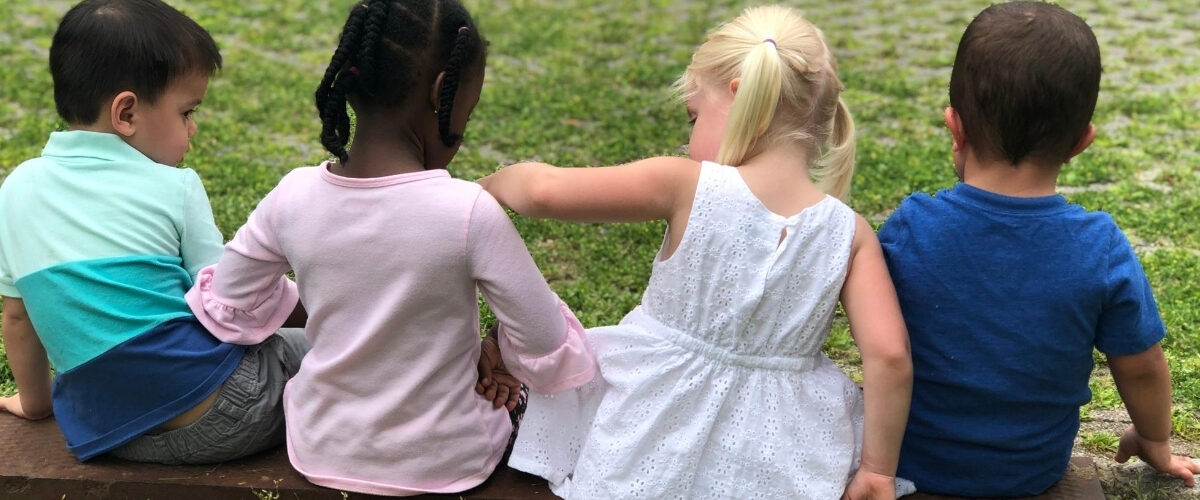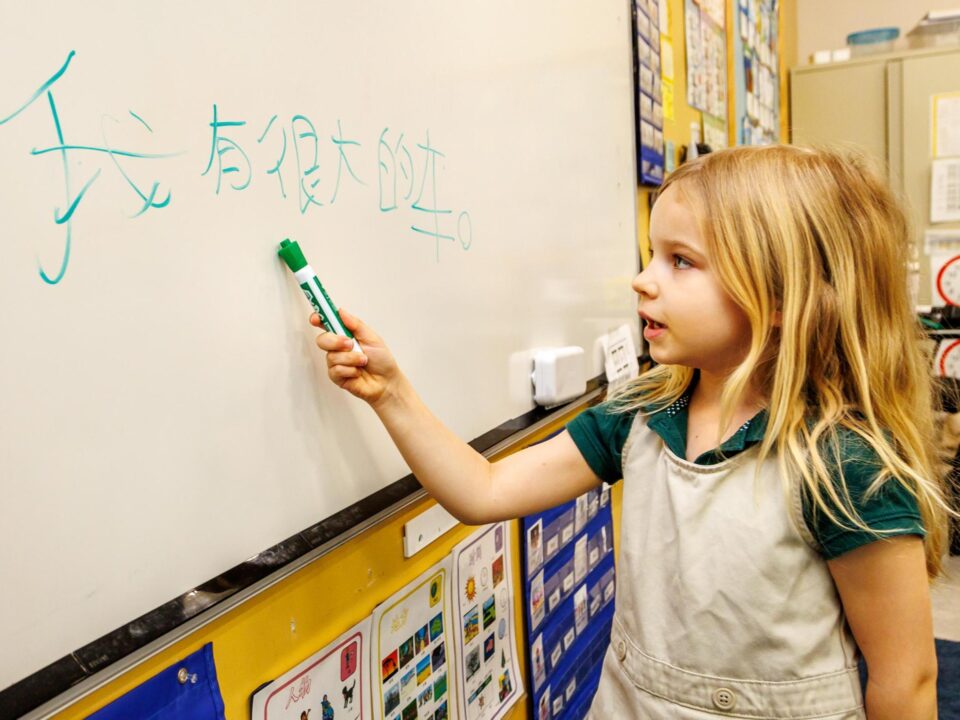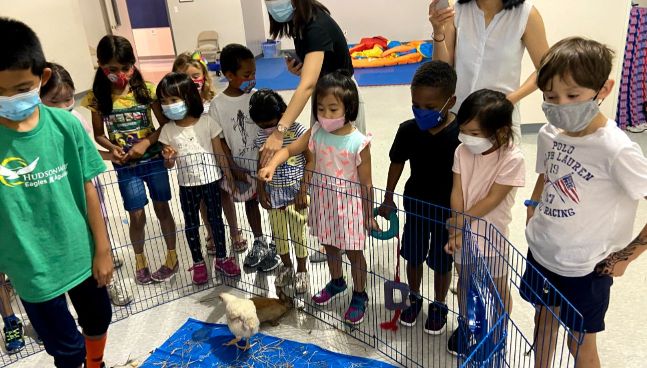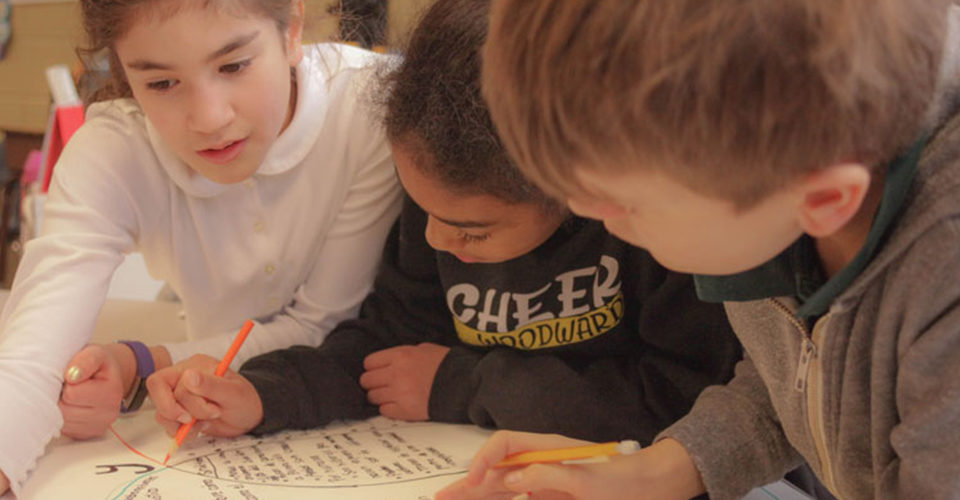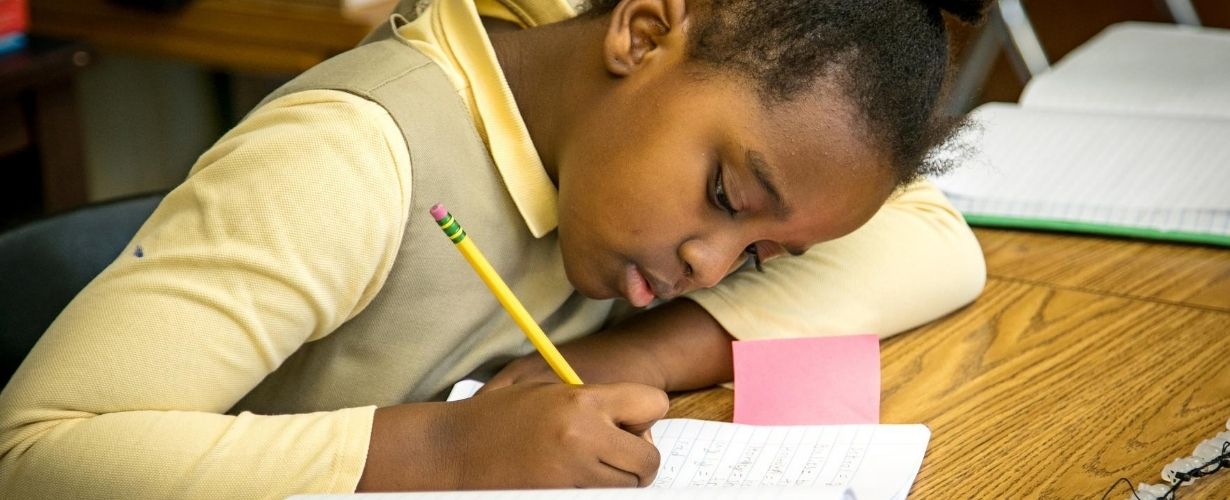
Using a Multi-disciplinary Project-based Approach to Teaching Content in Spanish Immersion
August 14, 2020
How Can a Dual Immersion Preschool Meet the Social-Emotional Needs of a Child Before He/She Can Communicate?
August 17, 2020
It’s natural for parents to wonder what to expect their children can learn in a bilingual or immersion preschool. Much will depend on the amount of exposure and quality of the program. At HudsonWay Immersion school, we provide an environment that maximizes the second language learning in the following ways:
• Full immersion – our 2’s spend time 100% in the target language, while our 3’s and 4’s spend 90% of the time in the target language. Most of our students come from households where the language is not spoken so to ensure that they develop the second language we need to maximize the time in the language.
• 5 days per week program – we value the consistency of routines in order to support the language development. This is particularly important when the language is not spoken outside the classroom. In this way, routines such as attendance, weather, and days of the week can be learned more effectively and naturally.
• Native speakers – our teachers are all native speakers in the language which ensures that they speak and interact without hesitation, with accurate use of grammar, and with natural accents and tonal qualities.
• Low student to teacher ratio – we purposely ensure a low student to teacher ratio so that teachers can provide the attention needed to interact closely with our students in understanding their social-emotional needs. Our ratio typically in the 2’s classroom is 4 students to 1 teacher, in the 3’s a 6:1 ratio, and in the 4’s, an 8:1 ratio. As a student gets older, we support developing his or her independence thus a higher ratio.
• Curriculum – we use Creative Curriculum which provides a framework of 38 objectives by which we can assess the progression of development along a continuum of the learning objectives, covering social-emotional, physical, language, cognitive, literacy, math, social studies, science and technology, arts, and English language development. Our curriculum is divided into four to six-week themes which provide language learning in context. This is the best way to learn language – naturally in context.
In the first few months, young children (or even adults) will experience a “silent period” . During this time a child will be sorting out a new language and comprehending much more than they are able to produce. During this time children are using all of their abilities – cognitive, social-emotional, visual, and language skills to navigate a new language environment. They are watching a teacher using gestures for cues as to what she is communicating, seeing pictures in a storybook to scaffold understanding of the main idea in the story, and piecing together words in a phrase to communicate his or her needs. It’s this required focus that produces the benefits unique to a bilingual preschool environment.
For example in a Mandarin immersion preschool or Spanish immersion daycare, a two-year-old can understand basic instructions such as please sit down, come here, walk, do you want…..” Children at this age will also learn songs, rhymes, and comprehend stories. At the age of three, children's vocabulary increases, and they will begin to understand 2-3 step directions in the target language and use phrases to express their desires. They might say something like, “teacher read to me" "airplane" or use adjectives to describe a noun such as "big dog". At the age of 4, children feel more comfortable communicating in the target language and can retell stories or share personal experiences using complete sentences. They are also emergent readers and can begin making connections between characters and their meaning, or reading simple phrases in Spanish. All of these are basic building blocks preparing children for their formal learning in two languages in kindergarten.
It is important, however, that although parents may focus on specific language output as a measure of what a child is getting out of a program, early childhood development is much broader and richer than language output alone. This is why an excellent immersion preschool focuses on all of the same skills development you will find in a quality preschool – and more.


